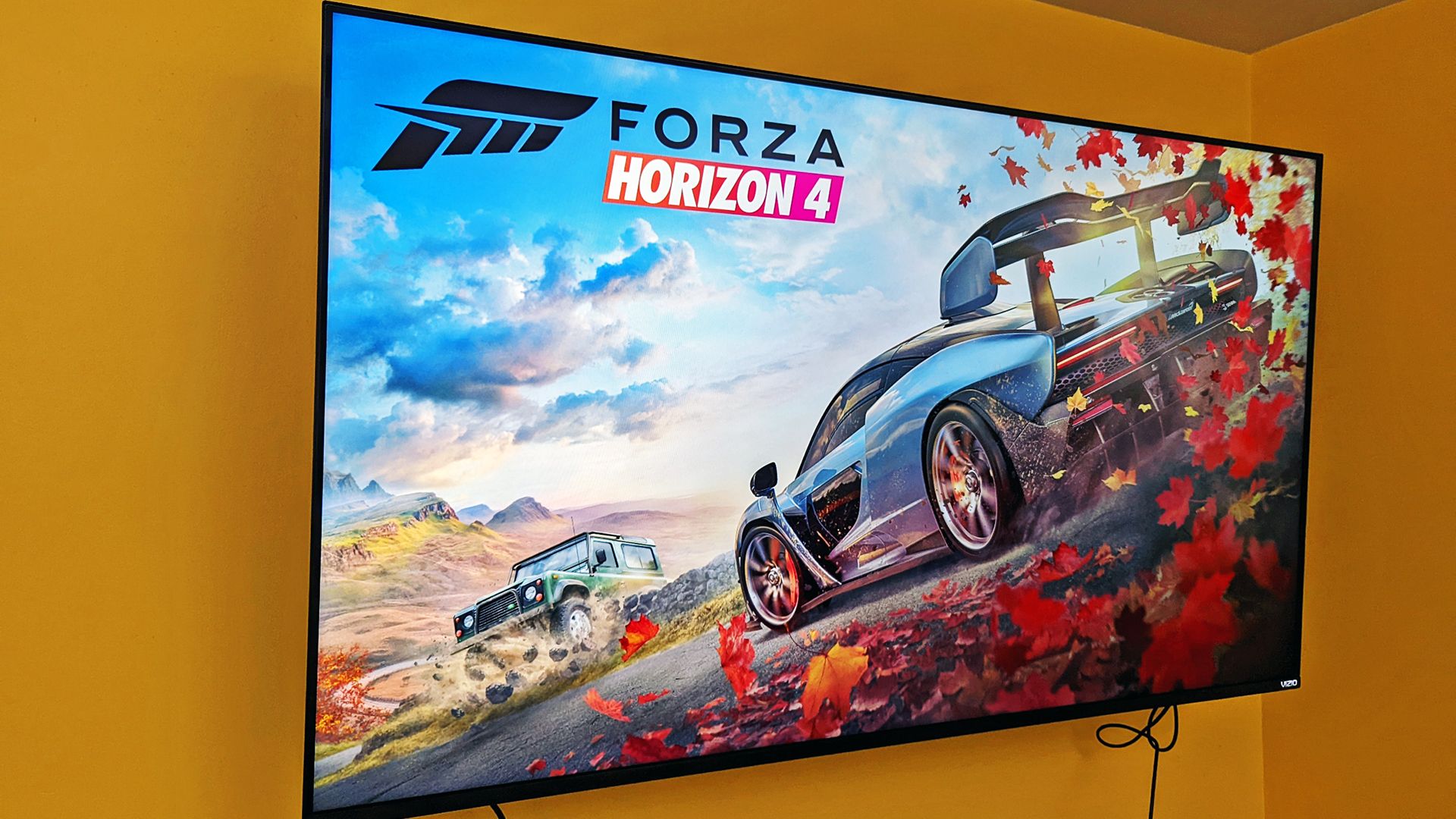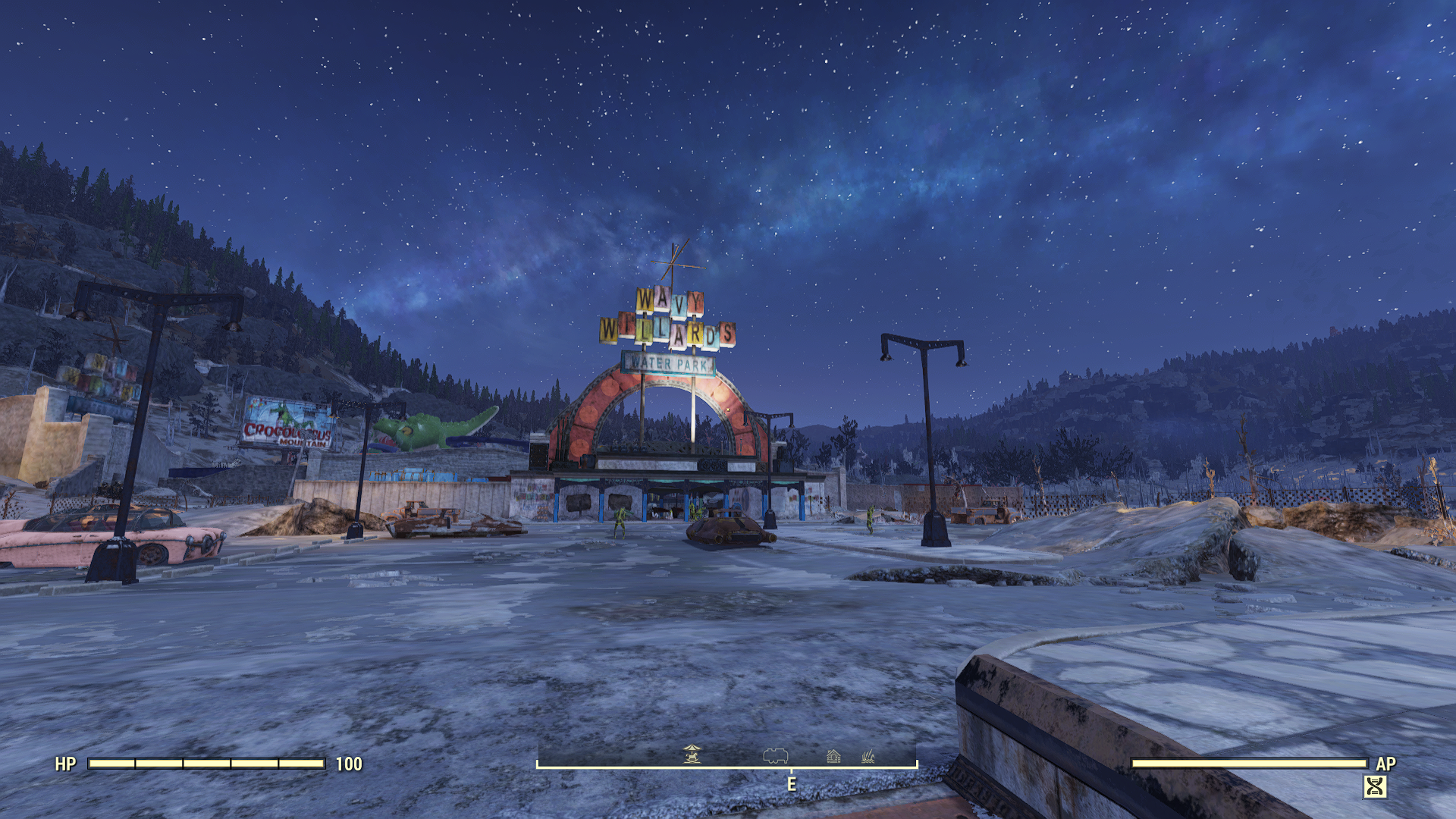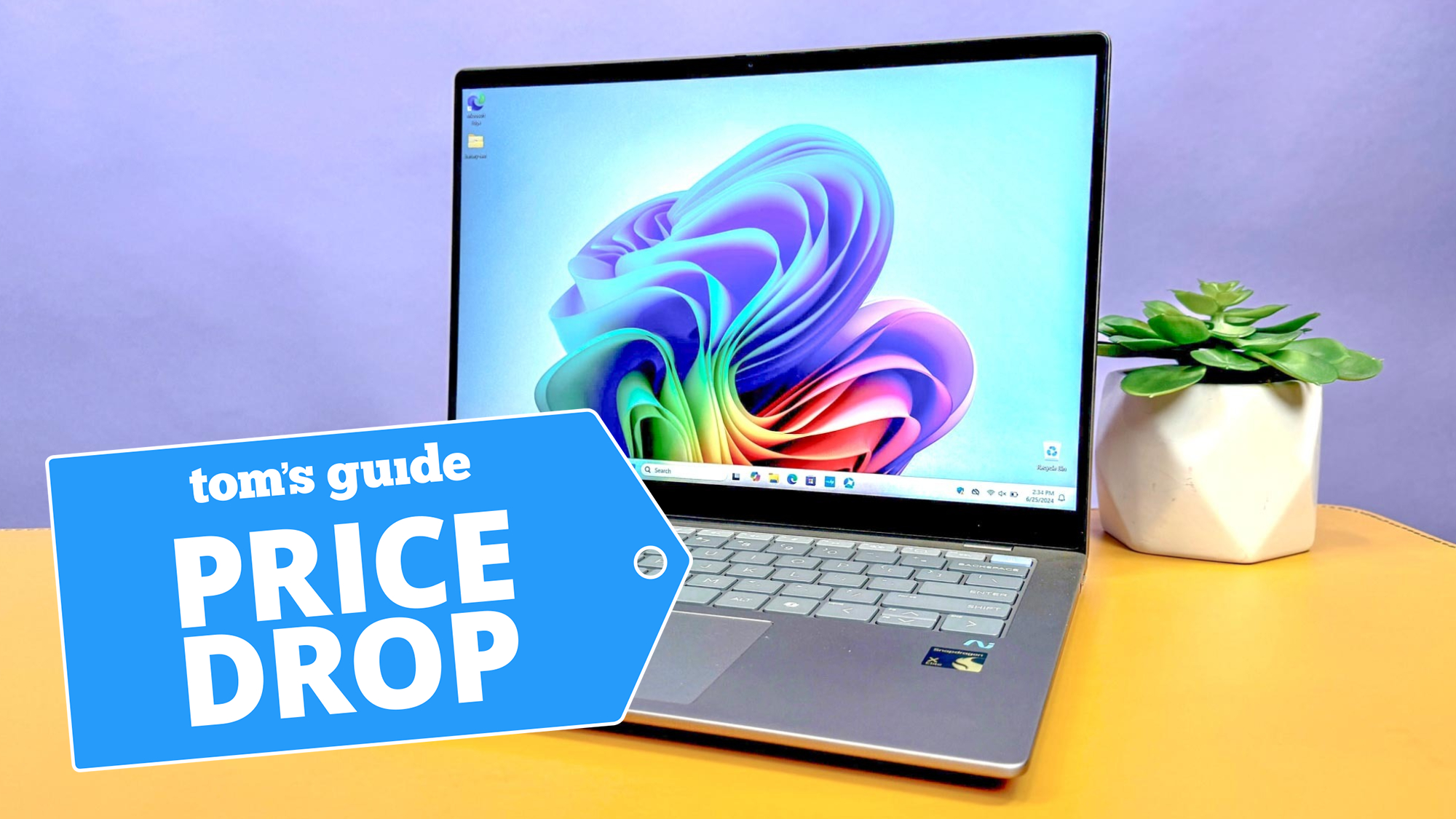
Key Takeaways
- The games industry is moving towards a new standard of 60 FPS due to technological advancements made in upscaling technology.
- Many gamers decide to prioritize higher FPS over graphical fidelity for a smoother, more responsive, and potentially more immersive experience.
- Frame generation tech can double frame rates for smoother performance without skyrocketing hardware requirements, but the technology needs time to mature.
There was a time when we all believed 60 FPS to be the pinnacle of gaming frame rates. However, recent technological developments, such as frame generation and AI upscaling, have given us an easy way to double or triple the number. So, I think the time has come to embrace a new standard for game performance.
60 FPS Is the New 30 FPS
You might be surprised to learn that the PlayStation 2 had plenty of 60 FPS games. However, in the generations that followed, 30 FPS became the standard in order to prioritize graphical fidelity, especially in triple-A games. Achieving 60 FPS or more in games like Far Cry 2 on the PlayStation 3 wasn’t realistic with the hardware.
As a result, developers generally focused on running games at a stable 30 FPS with improved graphical detail instead. 30 FPS still provides a reasonably smooth experience, especially if there are no issues with frame pacing.
On a PC, gamers have always enjoyed more flexibility. You could build a more capable machine or simply sacrifice graphical fidelity to achieve a stable 60 FPS. Since most monitors in the 2000s and early 2010s didn’t support refresh rates above 60Hz (or 60 refreshes per second), there was no point in going above 60 FPS.
Fast-forward to today, many monitors and TVs boast refresh rates well over 60Hz, allowing gamers to take advantage of much higher frame rates. Current-gen consoles and new PC hardware have also made significant strides in performance and can push well above 60 FPS.
Thanks to VRR (Variable Refresh Rate), your screen can dynamically adjust its refresh rate to match your frame rate. So, even if your FPS fluctuates between 90 and 120, the instability won’t impact gameplay or result in unsightly screen tearing or partially delivered frames.
When you spend some time gaming at 120 FPS or higher and then switch back to 60 FPS, you can feel the difference, and going down to 30 FPS can seem practically unplayable. If you’ve ever tried gaming on a display with a high refresh rate (with the FPS to match it), you’ll know what I’m talking about.
While it’s still possible to enjoy games at 30 FPS, it’s clear that we’ve come a long way. I think it’s time to retire 30 FPS altogether and make 60 FPS the new minimum standard.
Smoothness Over Eye Candy
In almost every game, I prefer getting a higher frame rate than increasing the graphics settings because to me, smoother gameplay feels much more immersive. A 10–15 FPS increase is far more noticeable than volumetric clouds or slightly sharper shadows. Extend that to all settings, and you can easily get a 30+ FPS performance increase by making sacrifices where necessary.
Of course, there’s a balance to strike here, as some games can look significantly worse if you set everything too low. That’s why I follow game optimization guides to ensure I only lower graphics settings that have a major impact on performance.
On consoles, you can opt for performance mode, which increases the targeted FPS from 30 to 60 or from 60 to 120, and the game will probably still look good. This is especially true for fast-paced games (like racing titles) where you barely spend any time looking at the world whooshing by as you play.
Frame Generation Can Solve the Problem
You’re probably now wondering how we can possibly game at 100+ FPS when consoles and equivalent PC hardware can barely get 60 FPS. The answer is simple, and it’s called frame generation. Put simply, frame generation technologies allow your GPU to double its FPS output by taking two frames and interpolating a third frame that creates a smooth transition between the two.
NVIDIA’s DLSS Frame Generation uses AI to generate these images, whereas AMD uses AI-optimized algorithms for AFMF 2. Since I have an AMD GPU, I’ve been testing out AFMF 2 and found that it can easily double my FPS.
It’s not perfect, as it doesn’t work that well in all games. For instance, I can’t even tell that it’s enabled in Fallout 76, but it causes some minor visual artifacts in Starfield.
Fallout 76 with AFMF 2 enabled
It’s worth noting that both NVIDIA and AMD recommend a baseline of at least 60 FPS for optimal results with frame generation, so you still need a decent GPU for it to work. If your GPU supports frame generation or upscaling, try enabling it in the in-game graphics or GPU driver settings to see what it can do for you.
On the console side, the PS5 Pro will be the first to feature AI upscaling, but it looks like it won’t feature any frame generation technology. This seems like a missed opportunity when Sony’s stated goal is to provide “Quality mode” graphics at “Performance mode” frame rates.
Still, modern upscaling solutions provide another excellent way to increase your FPS significantly, especially at higher resolutions. Sony’s hardware upscaler is a huge leap forward for console technology, and it will surely lead to upscalers becoming a staple in dedicated living room hardware.
Expect to see this technology feature heavily in next-generation consoles, like the PlayStation 6, whatever Microsoft is cooking up for the next Xbox, and even Nintendo’s Switch 2. The Switch in particular is a good candidate for DLSS-based technologies like frame generation since it is built on NVIDIA hardware.
Frame Generation Isn’t Perfect (Yet)
It’s worth noting that frame generation is still in its infancy and has some minor issues that need to be ironed out. Input lag and inconsistent frame pacing don’t make it a great solution for competitive games. Some titles work great, while others result in unsightly artifacts. Frame generation works best when games are properly optimized to take advantage of it.
Still, the technology could help make 120 FPS a new standard without the need for powerful, expensive hardware. Many of us already have 120Hz televisions in our living rooms that are ready for the 120 FPS revolution. We’re already seeing promising results in some games, and this will only improve with time.
Source link













